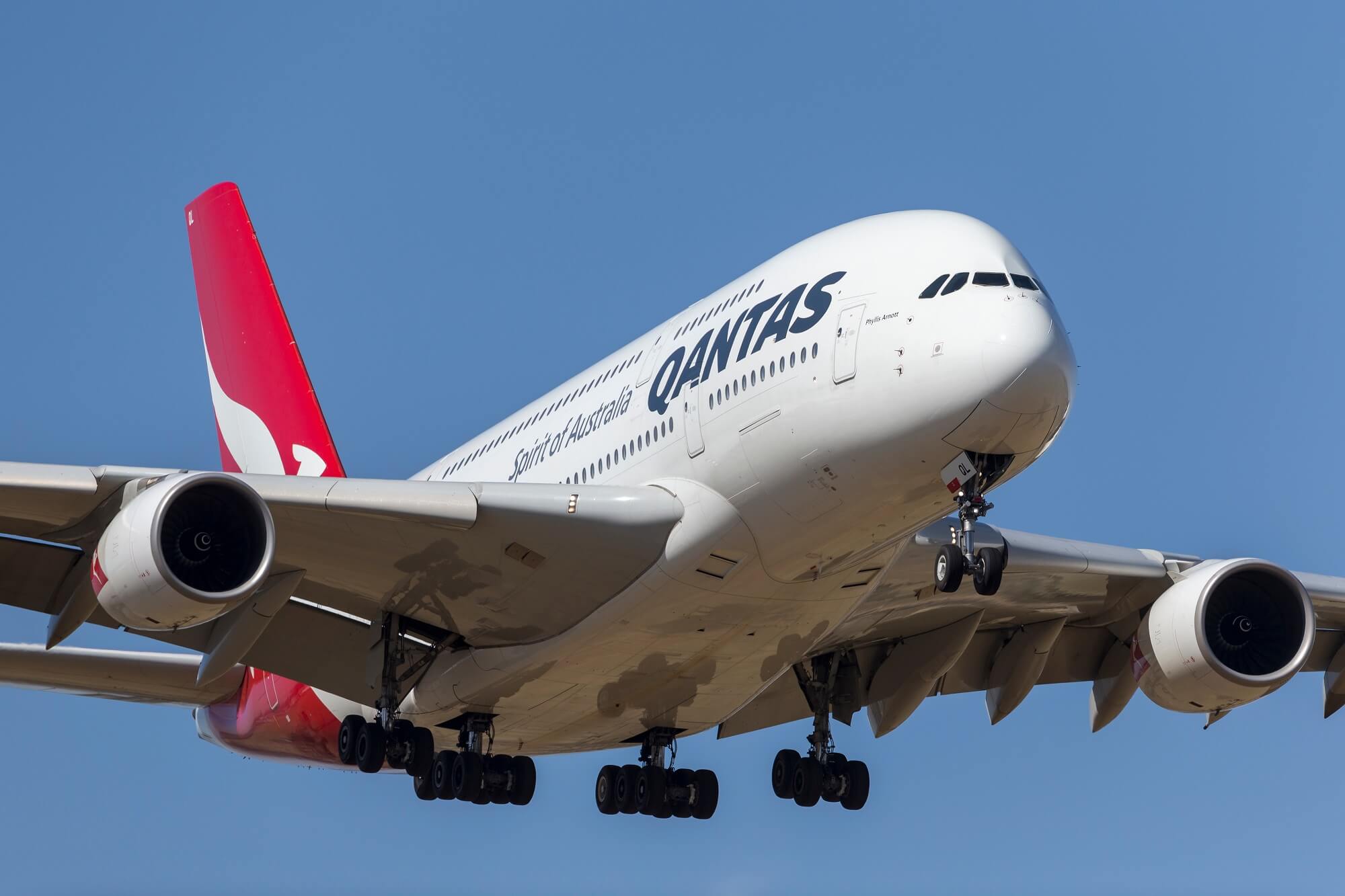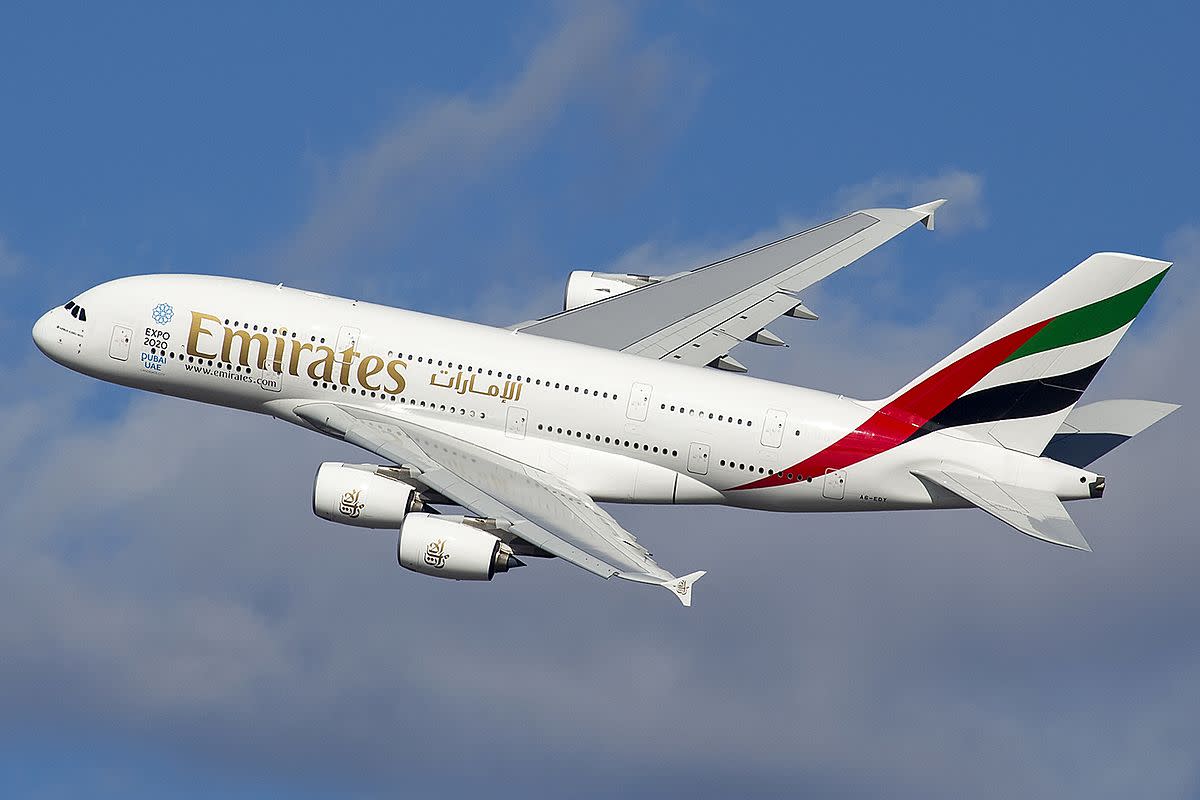Passenger Plane Industry in Brazil

Brazil boasts a vibrant and extensive passenger plane industry, playing a crucial role in connecting its vast territory and facilitating economic growth. This lecture explores the historical evolution, key players, and infrastructure of Brazil’s passenger plane industry, highlighting its significance in the global aviation landscape.
History of Commercial Aviation in Brazil
Brazil’s commercial aviation journey began in the early 20th century, with the establishment of small airlines primarily focused on domestic routes. The industry experienced significant growth following World War II, fueled by technological advancements and increased demand for air travel.
The 1960s saw the emergence of Varig, a prominent Brazilian airline that expanded its reach to international destinations, establishing Brazil as a key player in the global aviation market. The airline’s growth was fueled by the introduction of jet aircraft and the expansion of international routes, solidifying Brazil’s position as a major player in the global aviation market.
The 1980s witnessed the rise of TAM Airlines, which challenged Varig’s dominance and eventually surpassed it as the largest airline in Brazil. TAM’s success was attributed to its efficient operations, cost-effective strategies, and focus on domestic routes.
The early 2000s saw the consolidation of the Brazilian airline industry, with the merger of TAM and Gol Airlines, creating the largest airline group in Latin America. This consolidation led to increased efficiency, market share, and a strengthened presence in the global aviation market.
Major Airlines Operating in Brazil, Passenger plane brazil
Brazil’s airline industry is characterized by a diverse range of airlines catering to various market segments. Here are some of the key players:
- GOL Linhas Aéreas Inteligentes: Gol is the largest airline in Brazil, operating a fleet of over 130 aircraft, primarily Boeing 737s. The airline focuses on domestic routes, connecting major cities across Brazil, and has a significant presence in the South American market. Gol’s strategic partnerships with international airlines have expanded its reach to destinations worldwide.
- LATAM Airlines Brasil: LATAM is the second-largest airline in Brazil, formed through the merger of TAM Airlines and LAN Airlines. The airline operates a diverse fleet of aircraft, including Airbus A320s, A330s, and Boeing 767s. LATAM offers both domestic and international routes, connecting Brazil to major cities in North and South America, Europe, and Asia.
- Azul Linhas Aéreas Brasileiras: Azul is a relatively new airline, established in 2008, and has quickly become a major player in the Brazilian market. The airline operates a fleet of Embraer aircraft, focusing on regional routes and connecting smaller cities across Brazil. Azul’s focus on regional connectivity has contributed to the expansion of air travel in Brazil, particularly in underserved areas.
Key Airports in Brazil
Brazil’s airport infrastructure plays a vital role in facilitating air travel and supporting the growth of the passenger plane industry. The country has a network of over 400 airports, catering to both domestic and international flights.
- São Paulo–Guarulhos International Airport (GRU): GRU is the busiest airport in Brazil, serving as a major hub for domestic and international flights. The airport handles over 40 million passengers annually and offers connections to destinations worldwide. GRU’s modern infrastructure includes multiple terminals, extensive passenger facilities, and a robust cargo handling capacity.
- Rio de Janeiro–Galeão International Airport (GIG): GIG is the second-busiest airport in Brazil, serving as a gateway to Rio de Janeiro and a major hub for international flights. The airport handles over 20 million passengers annually and offers connections to destinations in North and South America, Europe, and Africa. GIG has undergone significant modernization in recent years, improving its infrastructure and passenger experience.
- Brasília International Airport (BSB): BSB is the third-busiest airport in Brazil, serving as the main airport for the capital city, Brasília. The airport handles over 15 million passengers annually and offers connections to destinations across Brazil and internationally. BSB’s strategic location and modern infrastructure make it a crucial hub for domestic and international flights.
Impact of Tourism on the Passenger Plane Industry in Brazil
Tourism plays a significant role in driving the growth of Brazil’s passenger plane industry. The country’s diverse attractions, including its stunning beaches, vibrant cities, and rich cultural heritage, draw millions of tourists from around the world.
The influx of tourists has fueled demand for air travel, leading to increased passenger traffic, route expansion, and the development of new airport infrastructure. Tourism has also spurred investment in the airline industry, with airlines focusing on improving services and expanding their fleet to meet the growing demand for air travel.
“Tourism is a vital driver of economic growth in Brazil, and the passenger plane industry plays a crucial role in facilitating this growth by connecting tourists to destinations across the country.”
Safety and Regulations

Flying is one of the safest modes of transportation, and Brazil is no exception. The country has robust aviation safety regulations and a dedicated agency responsible for ensuring the highest standards.
ANAC’s Role in Ensuring Safety
The National Civil Aviation Agency (ANAC) plays a crucial role in ensuring the safety of Brazilian aviation. It is responsible for:
- Setting and enforcing aviation safety standards
- Certifying aircraft and personnel
- Investigating aviation accidents and incidents
- Promoting safety awareness and training
ANAC works closely with international organizations like the International Civil Aviation Organization (ICAO) to ensure that Brazilian aviation safety standards align with global best practices.
Safety Record of Brazilian Airlines
Brazilian airlines have a generally good safety record, comparable to international standards. The International Air Transport Association (IATA) has recognized Brazilian airlines for their commitment to safety.
“Brazilian airlines have demonstrated a strong commitment to safety, and their safety performance is in line with global standards.” – IATA
However, it’s important to note that aviation accidents can happen anywhere, and Brazil has experienced its share of incidents.
Recent Incidents and Accidents
While the safety record of Brazilian airlines is generally good, there have been some recent incidents and accidents. For example, in 2023, a small aircraft crashed in the Amazon rainforest, resulting in fatalities.
ANAC investigates each incident thoroughly to identify potential causes and implement necessary safety improvements. These investigations contribute to continuous improvement in aviation safety.
Future Trends: Passenger Plane Brazil

The Brazilian passenger plane industry is poised for significant growth in the coming years, driven by factors such as a burgeoning middle class, increasing tourism, and robust economic development. This growth is expected to be accompanied by technological advancements, posing both opportunities and challenges for the industry.
Projected Growth of the Passenger Plane Industry in Brazil
The Brazilian aviation market is projected to experience substantial growth in the coming years. The International Air Transport Association (IATA) forecasts that passenger traffic in Brazil will increase at a compound annual growth rate (CAGR) of 5.5% between 2023 and 2040. This growth will be driven by factors such as:
- Expanding Middle Class: Brazil’s growing middle class is driving increased demand for air travel, as more people have the disposable income to afford flights.
- Tourism Boom: Brazil’s vibrant culture, stunning natural beauty, and world-renowned attractions continue to draw tourists from around the globe, fueling demand for air travel.
- Economic Growth: Brazil’s economic recovery is expected to stimulate business travel and contribute to the growth of the aviation industry.
This growth will require significant investments in infrastructure, including airports, air traffic control systems, and aircraft fleets.
Impact of Technological Advancements
Technological advancements are revolutionizing the aviation industry, offering new opportunities for efficiency, sustainability, and passenger experience. Some key advancements include:
- New Aircraft Models: Next-generation aircraft, such as the Airbus A320neo and Boeing 737 MAX, offer enhanced fuel efficiency, reduced emissions, and improved passenger comfort. These advancements will contribute to the sustainability of the Brazilian aviation industry.
- Digitalization: The adoption of digital technologies, such as cloud computing, artificial intelligence, and data analytics, is transforming airline operations, enabling better route planning, optimized maintenance schedules, and personalized passenger experiences. Airlines are also exploring the use of blockchain technology to enhance security and transparency in their operations.
- Autonomous Flight: While still in its early stages, autonomous flight technology has the potential to revolutionize the aviation industry. The development of unmanned aerial vehicles (UAVs) for passenger transport could significantly improve efficiency and safety, particularly for short-haul routes.
Challenges and Opportunities
While the Brazilian aviation industry faces significant growth prospects, it also confronts challenges:
- Infrastructure Bottlenecks: The rapid growth of air travel in Brazil has put a strain on airport infrastructure. Many airports are operating at or near capacity, leading to delays and congestion. Addressing this issue requires significant investment in airport expansion and modernization.
- Regulatory Environment: The regulatory environment in Brazil can be complex and challenging for airlines. Streamlining regulations and promoting greater transparency could help to create a more conducive environment for growth.
- Competition: The Brazilian aviation market is becoming increasingly competitive, with both domestic and international airlines vying for market share. Airlines need to focus on providing high-quality service and competitive pricing to succeed in this competitive environment.
Despite these challenges, the Brazilian aviation industry presents significant opportunities for growth and innovation:
- Domestic Market Expansion: The domestic market in Brazil offers significant growth potential, particularly in underserved regions. Airlines can capitalize on this opportunity by expanding their route networks and offering affordable fares.
- Regional Connectivity: Connecting remote regions of Brazil through air travel can boost economic development and improve access to healthcare, education, and other essential services.
- Sustainable Aviation: The growing demand for sustainable aviation practices presents an opportunity for Brazilian airlines to position themselves as leaders in this area. By adopting fuel-efficient aircraft, investing in sustainable aviation fuels, and implementing carbon offsetting programs, airlines can contribute to a greener aviation sector.
Future of Sustainable Aviation Practices in Brazil
The future of sustainable aviation practices in Brazil is closely linked to the adoption of new technologies and the implementation of innovative solutions. Some key areas of focus include:
- Sustainable Aviation Fuels (SAFs): SAFs are a key component of reducing aviation emissions. Brazil has a strong potential to develop a sustainable biofuel industry, which could contribute to the production of SAFs. This would not only reduce emissions but also create new economic opportunities in the country.
- Carbon Offset Programs: Airlines are increasingly implementing carbon offset programs to compensate for their emissions. These programs involve investing in projects that reduce greenhouse gas emissions in other sectors, such as renewable energy or forestry. Brazil has a vast natural resource base, which could be leveraged to develop carbon offset projects.
- Electric and Hybrid Aircraft: The development of electric and hybrid aircraft is a promising area for reducing aviation emissions. While these technologies are still in their early stages, they have the potential to transform the aviation industry in the coming decades. Brazil’s strong research and development capabilities in the aerospace sector could play a significant role in advancing these technologies.
Passenger plane brazil – Passenger planes are a common sight in the skies above Brazil, connecting people and cities across the vast country. However, the tragedy of flight 2283 crash serves as a stark reminder of the risks associated with air travel. Thankfully, such incidents are rare, and the majority of flights in Brazil operate safely and smoothly, ensuring the continued movement of people and goods throughout the country.
Passenger planes in Brazil have always been a vital part of transportation, connecting people and cities across the vast country. But the events of September 11th, 2001, changed everything. The sept 10 debate about security measures and the impact on air travel led to stricter regulations worldwide, and Brazil was no exception.
Since then, passenger planes in Brazil have undergone significant security upgrades, ensuring the safety of travelers and the smooth operation of air travel.
